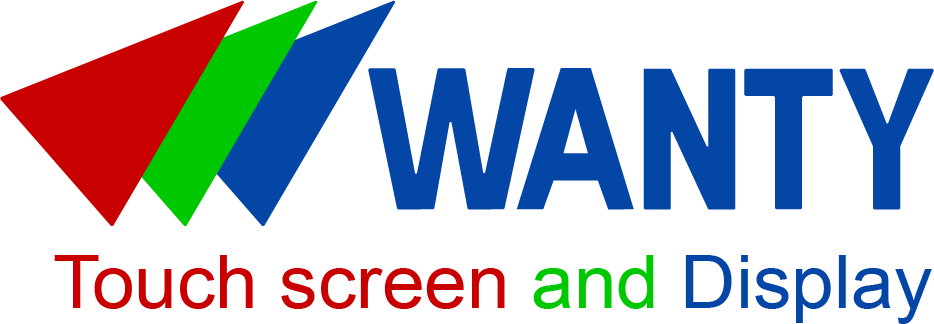Capacitive Touch HMI Interface | Durable & Ergonomic Control
News
Aug-24-2025
What is a Capacitive Touch HMI Interface?
A capacitive touch HMI interface is an arrangement that allows people to operate machines or computer-like systems using a capacitive touchscreen. Contrary to all conventional resistive touch screens, capacitive touch screens measure the electric characteristics of a human body, yielding extremely responsive and precise touch. It is an ornate interface that utilizes projected capacitive (PCAP) technology, which is supportive of multi-touch gestures like pinch, zoom, and swipe. This is an important feature in industrial settings where speed and accuracy are critical.
Capacitive Touch HMI Interface: The Future of Fluid Industrial Interaction
Currently, in the world of industrial automation, which is rapidly developing, the market has never demanded so many high-quality human-machine interfaces (HMIs), since such an interface must have an intuitive interface, be highly durable, and offer high performance. The capacitive touch HMI interface is one of the most radical developments in this field. This technology combines quality graphics with easy hands-on interaction that transforms the relationship of the operators with machines.
Why is Capacitive Technology Changing HMIs?
There are many potential benefits of Capacitive HMI panels when compared to legacy solutions:
1. Improved Feel and Accuracy
Due to PCAP HMI panel designs, the user experience is much more sophisticated. Multi-finger gestures can be used to operate applications at fast speeds and easily by operators, and even through gloves in most industrial workplaces.
2. Rugged, Durable Harsh Environments
Outdoor-rated rugged capacitive touch HMI panels usually have anti-glare surface treatments, support sunlight readability (through optical bonding), and scratch-resistant glass-on-glass designs, and are therefore suitable in heavy-duty or outdoor industrial applications.
3. High-Resolution Visuals
Touch panels with high-resolution capacitive sensors allow visual clarity of the presented information in crystals, easier reading of data, and working with controls by operators. This decreases person error and raises effectiveness.
4. Flawless Connectivity and Merging
Capacitive HMIs are also characterized by the presence of I2C/USB interface, thus they can be simply integrated into an array of embedded systems, PLCs, and automation controllers.
5. Support and OEM, Customizability
Numerous OEM capacitive HMI manufacturers include custom sizes, user interfaces, connectivity, and other features to suit your industry.
Industrial Applications
By being versatile, capacitive HMI interfaces are finding their way in industries across the board:
- Medical Industry
HMI in diagnostic equipment, operating rooms, and patient monitors uses medical-grade capacitive screens, and they provide cleanable and exact interfaces.
- Industrial Automation
The modern industrial applications are typically provided with the capacity of smart factory HMI capacitive panels that facilitate real-time monitoring, data representation, and instant reactivity.
- The Robotics and AI Systems
Robotic capacitive touchscreen HMI will increase the precision of robot controls and the use of programming interfaces.
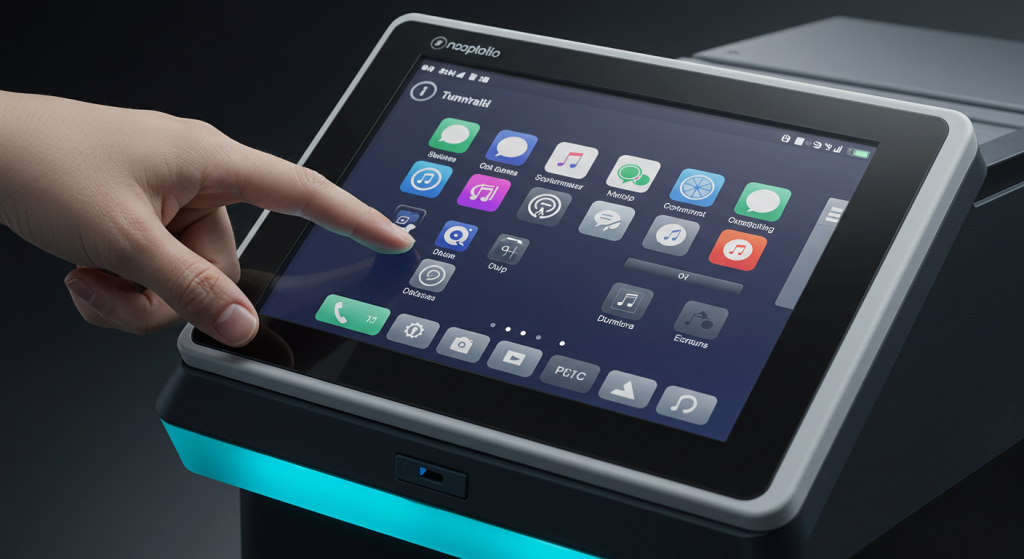
Advanced Features of the Capacitive Touch HMIA Interface
High-performance technology is used to engineer a capacitive touch HMI interface that raises the bar of system reliability by improving user experience. The most significant technical possibilities that characterize modern industrial and commercial uses are as follows:
- HMI panels with touch controllers ICs provide smooth and accurate signal detection, and excellent touch detection is also noise resistant, regardless of the harsh electromagnetic conditions.
- Real-time capacitance HMI algorithms automatically adjust to temperature, humidity, and pressure variances to provide calibration-free, consistent responsiveness and to limit touch errors.
- Glass-on-glass construction not only gives a clean look, but it also increases screen strength and makes screens extremely unlikely to scratch, hit, or surface degrade due to extended use.
- Capacitive touch screens usually have anti-glare back plates, which minimize the reflection of ambient light, making those screens readable even in high-luminance areas like factories, outdoor kiosks, or medical equipment displays.
- Embedded capacitive panel systems utilize a simplified architecture with touch and display functions combined into a small footprint to best meet the needs of space-limited industrial designs or hand-held products.
- Such advanced characteristics are enabling manufacturers and OEMs to roll out rugged, reliable, and friendly capacitive touch HMI applications in many challenging industries, such as automotive, medical, and industrial automation.
Capacitive Touch HMI Human Centered Design
Contemporary capacitive touch interfaces, Human Machine Interface interfacing of the touch panel are also oriented with more human-centered usability taking effect, focusing on less traditional control methods, but rather a more ergonomic experience. Such high-tech interfaces are designed to maximize ease of use and task performance in different industrial and commercial settings:
- Ergonomic touch-based controls are well incorporated in mitigating fatigue of the operators when used for long hours. The unavailability of mechanical buttons enables a smooth interaction, which is responsive and enables freedom of hand posture and movement.
- Capacitive-touch interactive display panels give real-time feedback (during interaction) via visual feedback, tactile feedback, or graphic motion. Such instant communication reduces the ambiguity of the user and improves the correctness of decisions in high-pressure environments.
- Easy human-machine interaction occurs because of gesture support, multi-touch abilities, and smart development of the interface. Users have the capabilities to take complex commands or move through the operational workflow fast, resulting in greater productivity and less time spent during training.
- Such human-centered design of the HMI not only enhances efficiency in operations but also enhances safety and user satisfaction as well. It fits well into the recent patterns of industrial automation, where a user-friendly design and a flexible interface are the keys to flexible and intelligent manufacturing environments.
Smart Connectivity to the Control Systems
Highly variable HMIs are currently common when working with PLC touch panel interfaces, which ensures a real-time acquisition and control of data. The systems would be ideal in:
- Manufacturing lines control panels
- Machine monitoring dashboards
- Automatic safety alert device networks
The Selection of the Correct Capacitive HMI Interface
The following factors play into choosing a capacitive interface that will meet your application:
- Screen Size/Resolution
Better resolution means more legible - the higher the resolution one selects, the more complex visuals may require.
- Touch Technology
Use multi-touch capacitive screens with gesture-based HMI applications.
- Environmental Conditions
Anti-glare coating and optical bonding can be used in high-use outdoor or rugged applications.
- Inter-Face Compatibility
Support I2C, USB, or RS232 according to your system architecture.
- Long-Term Certification Through the Industry
In medical or automotive applications, certification compliance is very important.
OEM and Custom Solution Integration
The top suppliers, such as Wanty, are end-to-end suppliers. OEM partners can provide you with a custom HMI touchscreen solution or an integrated embedded capacitive HMI system, no matter what you are looking for:
- Response time optimization of the touchscreen
- Control systems custom firmware
- Customized, environmentally ruggedized housings
- Integration with different protocols on interface levels
Conclusion
Capacitive touch HMI interface can be recognized as one of the main drivers of such development in the industry, as it becomes more automated and computerized. It has the advantages of responsiveness, straightforward visuals, and comfort. The interface can be used to develop smart factory solutions, precision medical devices, and advanced robotics, and in any of these cases, can make operational efficiency explode. WANTY has state-of-the-art solutions in high-quality capacitive touch screens for HMI that are specific to various sectors. Switch to a new generation of user-friendly, reliable, and intelligent HMIs that can enable the future of smooth interaction already now.
Related Topics
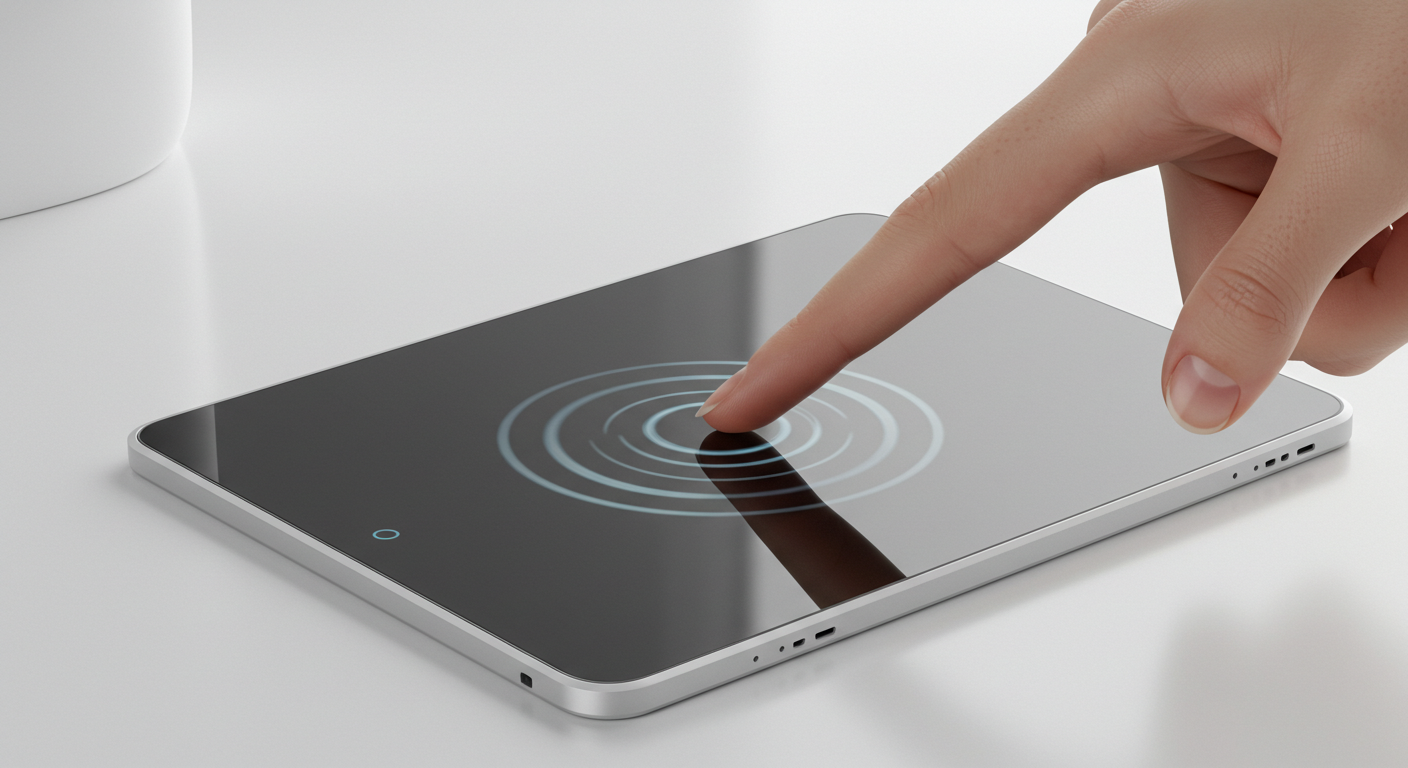
Capacitive Touch Integrated Touchscreen: 2025 Technology
Aug-25-2025
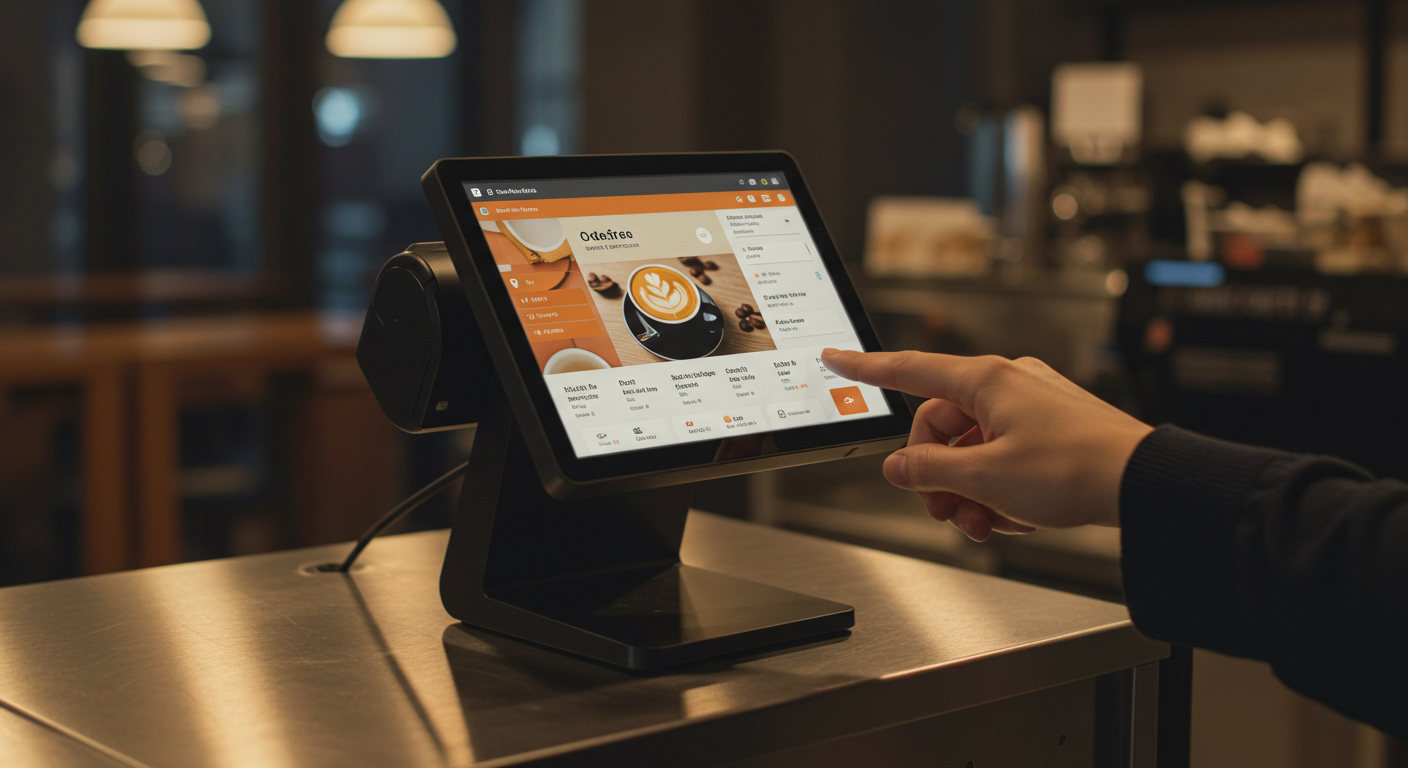
Capacitive Touch Screen POS Terminal – Next-Gen Solutions
Aug-25-2025
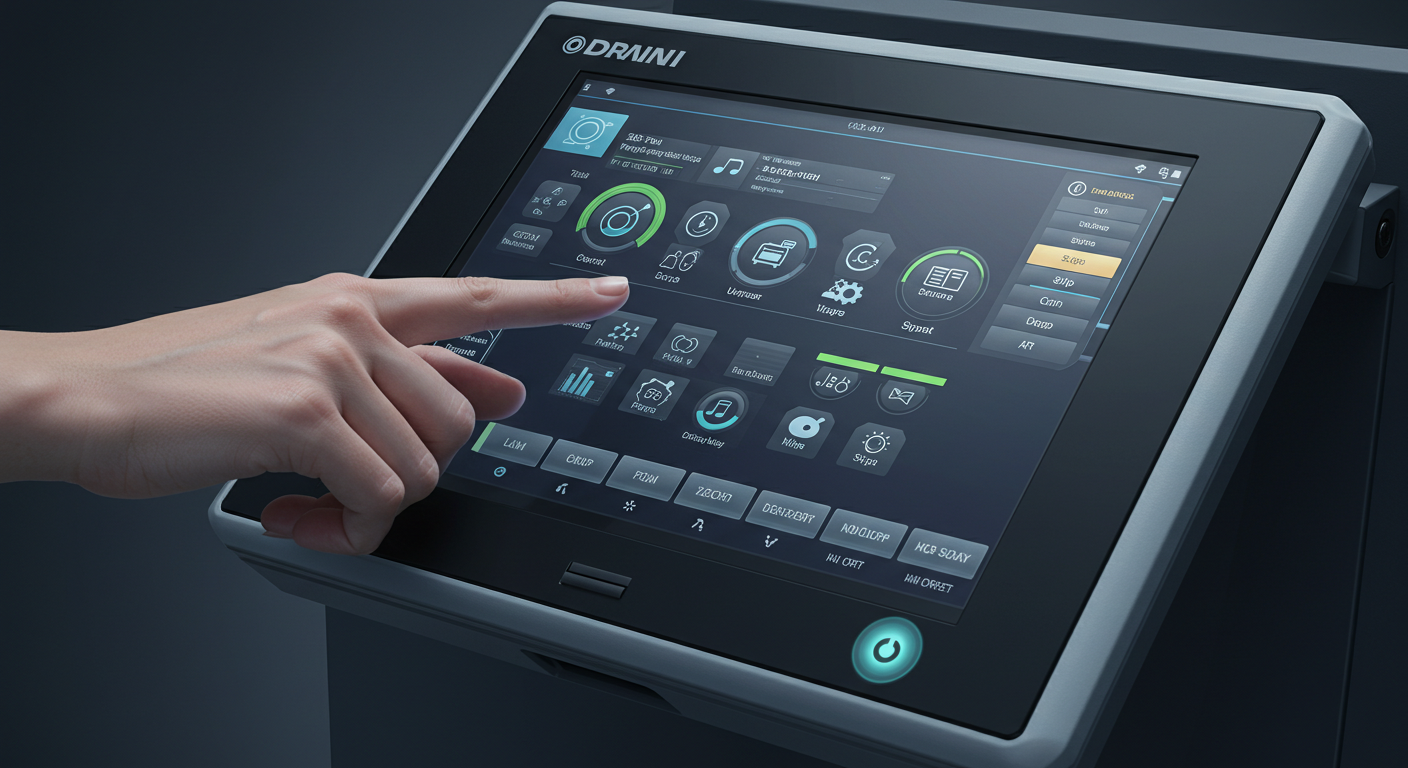
Capacitive Touch HMI Interface | Durable & Ergonomic Control
Aug-24-2025
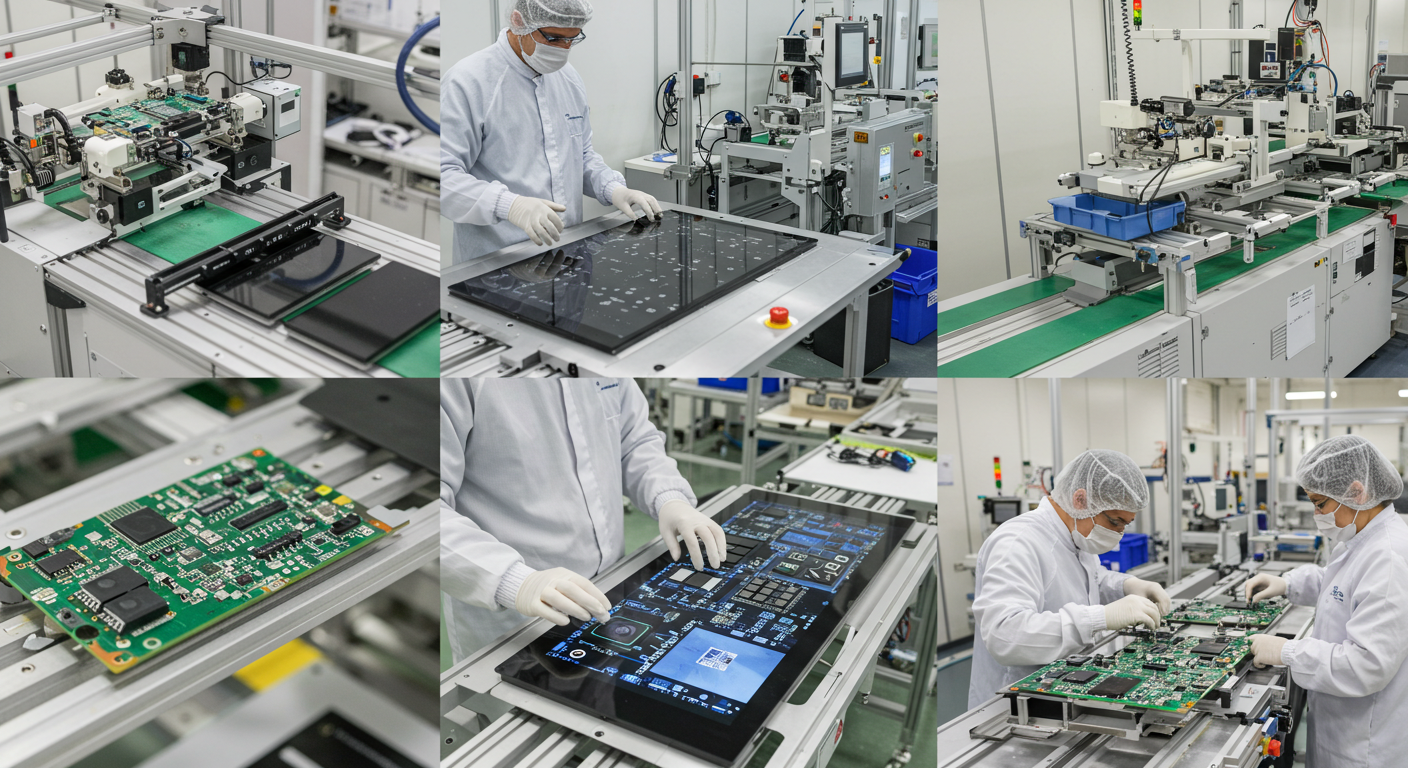
Capacitive Panel OEM Manufacturers – Custom Touchscreen Solutions
Aug-24-2025
Get a Free Quote
✔ 16 Years Manufacture Service ★★★★★
✔ 3 Technical Experts And 52+ Project Engineers Will Assiste You
✔ Wanty Employs Over 52 Engineers, Many Of Whom Come From Leading Tft Lcd Module Companies Such As Tianma And Boe-Varitronix. Each Core Team Member Brings 15 Years Of Industry Experience.
✔ If you would like more information about our products and services, please contact us. Whether you need a standard solution or a customized one, we are here to meet your needs.
✔ Please complete the form below, and the selected location will contact you promptly. Thank you for visiting, and have a great day!
